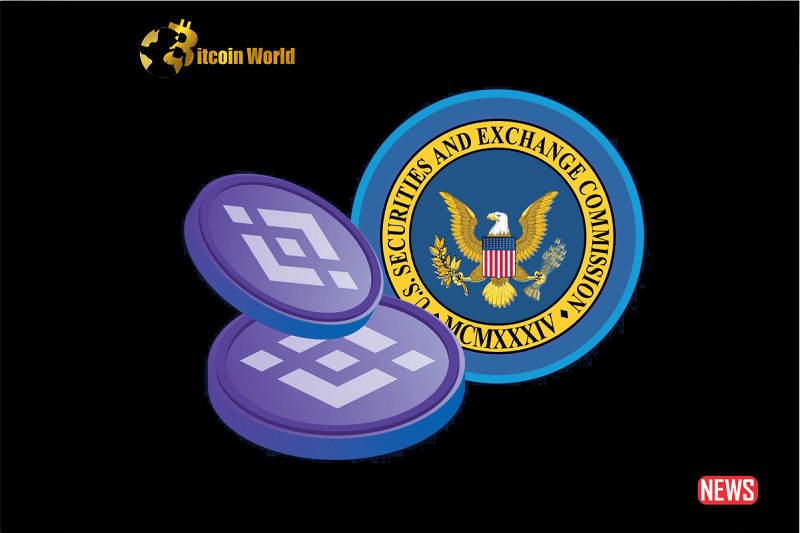Despite a looming asset freeze deadline for Binance.US, negotiations between Binance and the U.S. Securities and Exchange Commission (SEC) failed to yield a deal by Friday. The parties involved released a joint status report on Thursday, acknowledging progress in their efforts to negotiate a proposed Consent Order. However, Binance.US has yet to provide an update on the status of the agreement or when it will be filed with the court.
SEC’s Deadline and Binance’s Response:
Judge Amy B. Jackson set a Thursday deadline for the SEC and Binance to reach a compromise regarding the SEC’s original proposal for a complete freeze of assets belonging to Binance.US entities, BAM Management, and BAM Trading. The judge, however, refused to grant the SEC’s initial request for a temporary restraining order, which Binance and Binance.US deemed “draconian.”
Expenses and Proposed Stipulations:
BAM Management and BAM Trading were required to submit an expense list, including accounting, audit, contract employee expenses, bank reserves, and legal fees. On the same day, the SEC proposed its own deal, outlining certain conditions such as restricting Binance CEO Changpeng “CZ” Zhao’s access to the assets and wallets of the U.S. exchange. However, the proposal did permit Binance entities to continue making payments for business operations, salaries, professional fees, and other necessary expenditures.
Customer Concerns and Withdrawal Issues:
As the legal proceedings unfolded, Binance US customers and counterparties closely monitored the situation. The uncertainty surrounding ongoing operations prompted concerns about the safety of customer-owned crypto assets held by Binance and the usability of fiat currencies for purchasing digital assets on Binance.US. In a communication sent to customers, Binance US acknowledged delays and obstacles faced by customers attempting to withdraw funds denominated in dollars.
Withdrawal Challenges and Blame Game:
According to Binance US, more than 285,000 withdrawal attempts were made during the first two weeks of June alone. The company attributed the processing delays to both the SEC and Binance.US fiat counterparties. While 85% of the withdrawal attempts proceeded smoothly, the remaining 15% encountered obstacles. Binance laid the blame on the SEC’s alleged “intimidation tactics” and the request for a temporary restraining order, stating that these actions led banking partners to halt fiat withdrawals. Binance assured customers that it was actively working to resolve the issue and unlock funds for withdrawal.
Banking Counterparties and Regulatory Concerns:
Over the years, Binance US has relied on various banking counterparties to facilitate transactions. Some of these providers, including Signature Bank, which had FDIC insurance on customer funds, closed down due to regulatory concerns. In response, Binance US executives have been actively seeking additional counterparties to maintain smooth operations.
The SEC’s lawsuit against Binance, CZ, BAM Trading, and BAM Management alleges violations of the Exchange and Security Acts, along with potential fraud. As the deadline for the asset freeze approached, negotiations between Binance and the SEC continued, with both parties acknowledging progress but failing to reach an agreement. Binance US customers anxiously awaited updates while grappling with delays in fund withdrawals. The outcome of this legal battle will have significant implications for the future operations of Binance and its U.S. entities.















